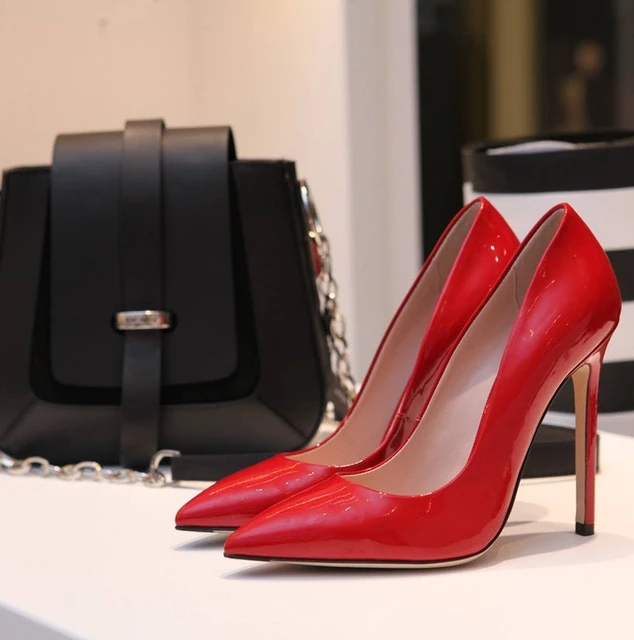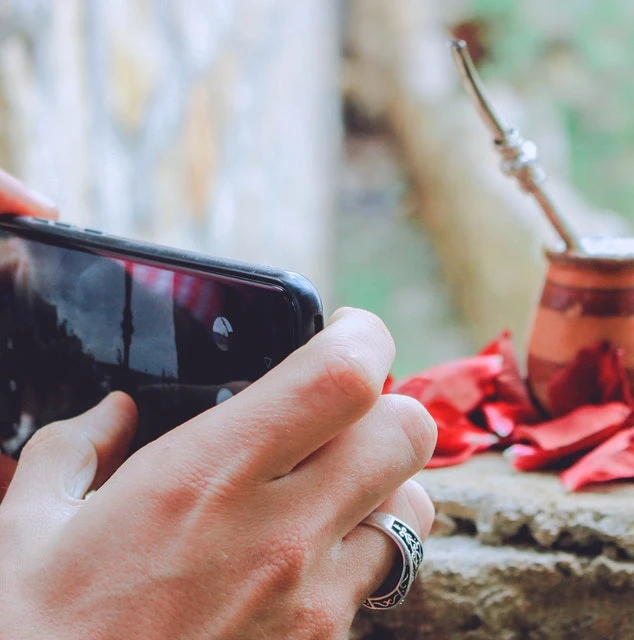Our hair plays an integral role in protecting our body from many pathogens, microbes, and particles that might cause harm to our body. But our hair doesn’t just protect our body from disease-causing germs; it also insulates much of our skin from sunburn while keeping us warm from cold weather conditions.
But since our hair plays a role in our social interactions, we tend to abuse it by exposing much of our hair to different chemicals. Whether it’s shampoo, hair gel, conditioner, and a myriad of other chemicals, our hair can get damaged from being exposed to these substances in the long-term. In most cases, this can leave our hair to dry, make it more brittle, or lose the luster that it once had.
So before you do any “major” changes to your hair, such as dye it a new color, you’ll need to test the integrity and health of your hair. But how do you do try your hair’s strength? If it isn’t strong enough to handle such chemicals, how can you revive it? Here’s what you’ll need to know.
How Do You Test Your Hair?
When you’re exposing your hair to a variety of harmful chemicals, this can chip away at your hair’s health. Fortunately, there are different ways of testing your hair’s integrity. Here are some characteristics that you will need to consider.
The Porosity of Your Hair
As the name suggests, this is your hair’s ability to stay “hydrated” and retain a fair amount of moisture. In most cases, damaged hair is known for having high porosity. This means that the outermost part of your hair is raised, which exposes the inner part, or the cortex.
How do you know if your hair is porous? You can tell using both pointing finger and middle finger. With the tip of your fingers, feel the strand of hair. Normally, healthy hair will be smooth, but porous hair will usually be rough and more coarse.
If you’re planning on cutting your hair, you might want to use high-quality hair cutting shears that are designed for a variety of hair types. Sometimes, porous hair can be delicate. That said, having shears that are designed with safety and function in mind can help you keep your hair in a pristine condition.
Healthy Hair Follicles

One of the most important ways of telling if your hair is healthy is through your hair follicles. This is the part of your skin that’s basically the “root” of your hair. How do you know if it’s healthy? You can take one strand of your hair and wrap it around your hand so you can easily pluck it.
You will see either of the two when it comes to your hair follicles:
- Suppose the root of your hair will have a bulb-shaped structure. This means that your hair is healthy and strong.
- If the root of your hair is flat, then that means that the root of it has not taken shape, meaning that your roof is damaged.
Damaged follicles are a primary symptom that will mean your hair is week. In most cases, this will result in your hair becoming thin and even more susceptible to damage. Most hair experts would not suggest getting your hair dyed or bleached when it’s susceptible to damages.
The Elasticity of Your Hair
Lastly, your hair’s elasticity is a key factor in determining its strength. What you can do is take a strand of your hair and then stretching. Naturally, the most you stretch it, the more susceptible it will be to stress. The general rule of thumb is that it goes beyond 30% of its usual length, then that means your hair is healthy. If it does not go beyond the 30% threshold, this means that it’s damaged.
What Are Some Remedies?
Well, dermatologists and experts in haircare would say that using a mixture of different chemicals can damage your hair. Before you can remedy your hair, you will need to get out of the habit of “treating” your hair all the time.
But there are some ways of reviving your hair. You can do the following:
- When washing your hair, you should only wash it a few times for a short period of time. Washing it too much can cause it to lose its natural oil.
- Avoid tools like hair irons.
- If you’re going to blow dry your hair, do it only for a few seconds and not to the point that it will dry out your hair completely.
- Instead of using synthetic hair care products, you can use herbal alternatives.
Naturally, our hair will come into contact with a lot of things that will damage it. Whether it’s styling, treating it with chemicals, or just being exposed to the elements, this can make our hair weak.
Before you “treat” your hair and expose it to various substances, it’s important to take a step back and start assessing your hair’s health. But you won’t have to worry if your hair is damaged. There is a multitude of ways when it comes to testing your hair’s strength and reviving it.







